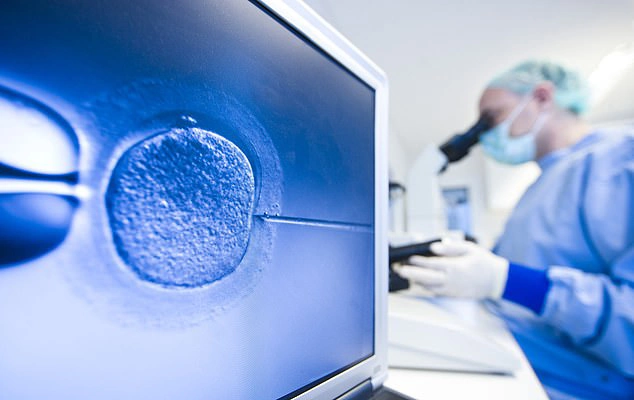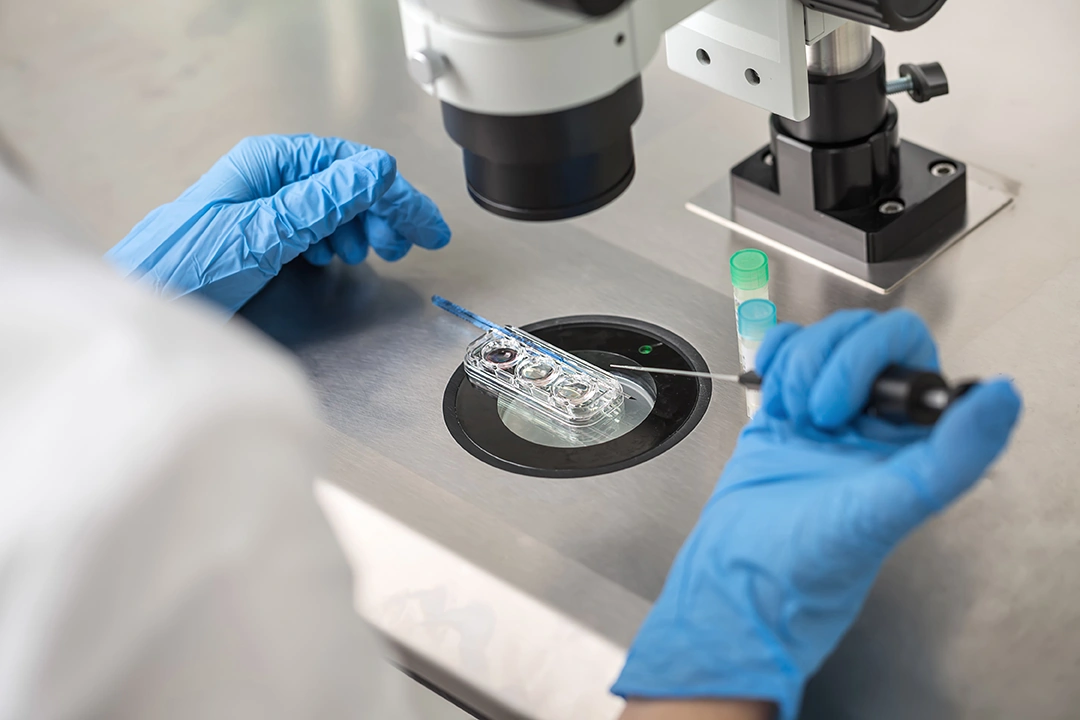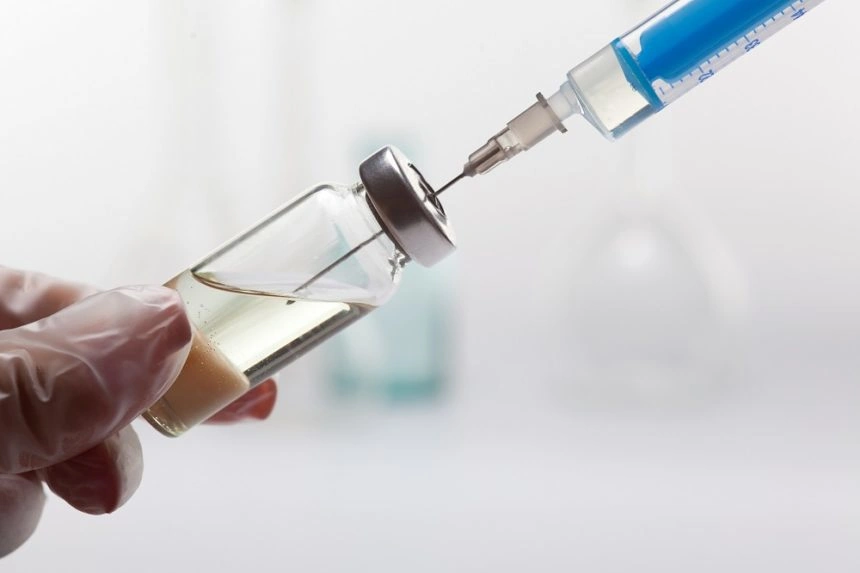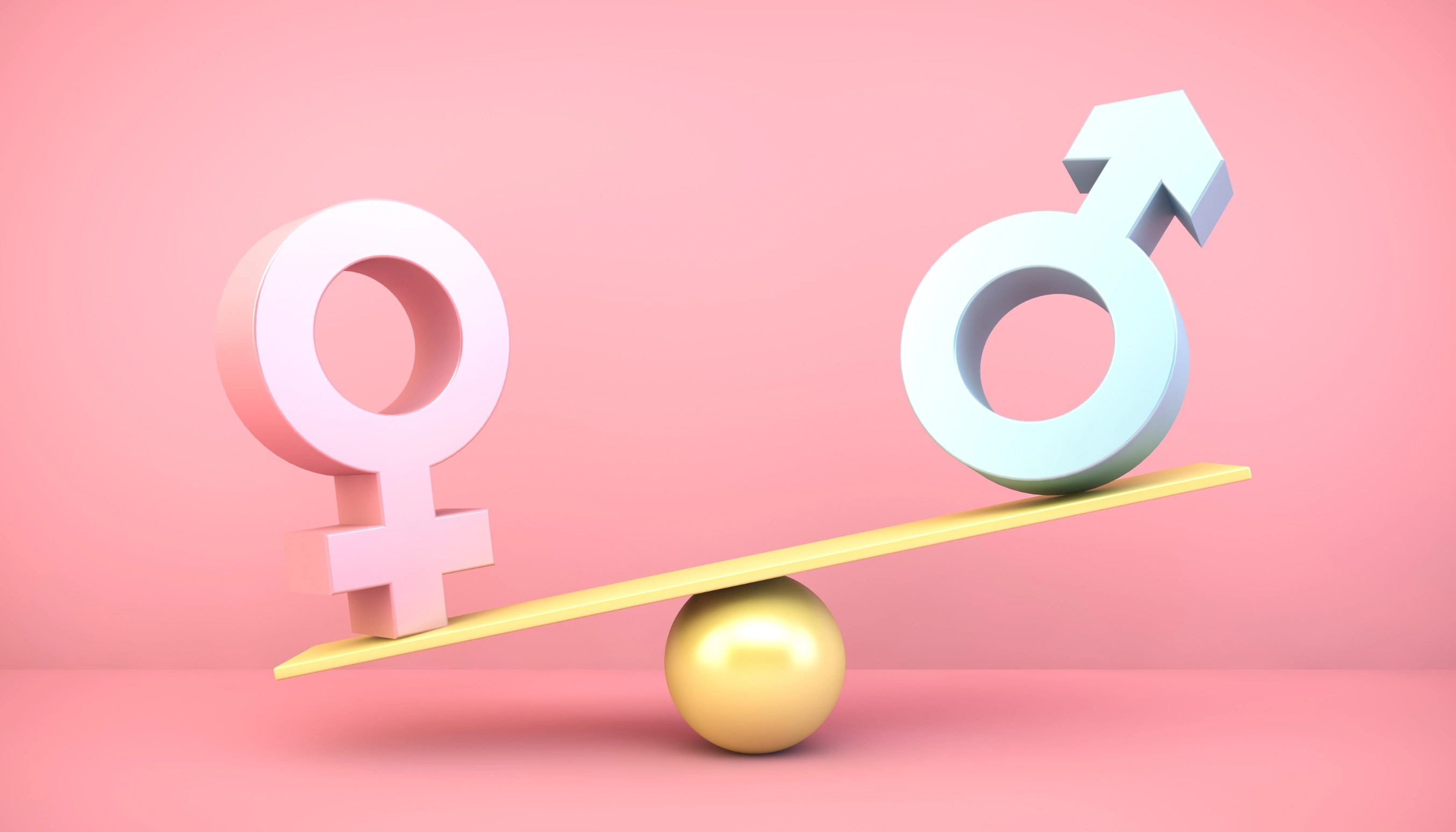FAQ ABOUT IVF AND ICSI


We are the experts providing IVF (In Vitro Fertilization) treatment in our Los Angeles Facility. IVF is a process that extracts and fertilizes a woman's egg and then implants the embryo into the uterus.Here's all terminology you need to know.
WHAT DOES THE TERM IVF MEAN?
In vitro fertilization, literally translated means an egg is getting fertilized in an artificial environment. This is in contrast to this process occurring within the body. Fertilization is the process of the sperm fusing with the egg and delivering the genetic material. The genetic material from both the sperm and the egg forms the genetic code of an embryo. Practically speaking, in vitro means that your egg must be removed from you. This is very unnatural for an egg, that is also more scientifically referred to as an oocyte. This is normal for sperm since sperm is naturally capable to leave the male body and perform its function outside. For the egg, however, an artificial environment needs to be maintained in order for it to survive outside the female body. Other treatments that are not in vitro fertilization rely on the fertilization occurring within the body and the egg never leaves. This is then scientifically referred to as fertility treatment utilizing in vivo fertilization.HOW DOES IVF HAPPEN?
So, any type of treatment when we fertilize the egg outside of the body will be called in vitro fertilization. And there are different treatments that can be done outside of the body. The embryology laboratory maintains an artificial environment that closely resembles the one in the woman’s fallopian tube. Normally, the sperm and the egg meet in the Fallopian tube and this is the optimal location for natural fertilization.In the early stages of in vitro fertilization we only had one method how to fertilize an egg. We would place washed and concentrated sperm together with the egg in a fluid drop in a special dish and leave it overnight. The conditions maintained were a sterile environment, ideal temperature and moisture as well as a certain concentration of oxygen, nitrogen and CO2. The special fluid (medium) had to ensure a certain nutrients composition, pH and osmolarity. The next morning we would check if the sperm fertilized the egg and if an embryo was formed. The problem was that a minimum motility and concentration of sperm was necessary. If the sperm was too slow or not sufficiently concentrated, it would not fertilize the egg. Because of that, some males with very low sperm count or low motility could not be helped with in vitro fertilization. Their sperm was simply too slow or not concentrated enough to fertilize an egg overnight. This occurred even when sperm was placed right next to it. In those cases donor sperm had to be used in the past and the men could not be helped.
WHAT IS ICSI?
In the 1990s however, simply by accident we found out that a skilled embryologist can directly inject sperm into the egg. A scientist attempted to place the sperm very closely to the egg membrane and accidentally punctured the egg. The whole sperm unintentionally ended up within the egg. He noted the next day that the egg is fertilized. Previously, nobody thought that a complete sperm can be injected into the egg. This does not normally happen in nature. This was a major breakthrough in reproductive medicine, and the method called intracytoplasmic sperm injection ICSI was born. ICSI procedure stands for intra-cytoplasmic sperm injection. With this new method, even if only a single viable sperm is present, we are able to fertilize an egg by injecting it inside. A thin microscopic glass needle is driven by very fine motors under the microscope to pick up a single sperm and transfer it directly into the egg. Because of the precision and movement needed to accomplish this task, special micro manipulating equipment is needed. It would not be possible to perform this task using the human hand. The micro manipulation and generally all technology used in IVF is also known as assisted reproductive technology (ART). Tree of Life Center has been a member of the Society for Assisted Reproductive Technology (SART) since 2005.Nowadays over 50% of the in vitro fertilization cases in the United States utilize the ICSI method versus the conventional fertilization. This is quite confusing for the patient, since some patients do not understand the difference between IVF and ICSI. IVF simply means in vitro fertilization and it can be completed with or without ICSI treatment. If your fertility diagnosis includes insufficient sperm parameters (male factor infertility) you probably will undergo ICSI in addition to IVF. However if your diagnosis relates more to a female issue, for example blocked or absent fallopian tubes and the sperm parameters are normal, there is no need for ICSI.ICSI OR NO ICSI?
This has been a contentious topic in reproductive medicine, because it is assumed that too many patients undergo ICSI when they really do not necessarily have to. ICSI is a very reliable method of fertilization and allows picking the best-looking sperm. The typical fertilization rate is about 70-80% under normal conditions. At the other hand, it does create one more artificial step that might be attributed to potential health concerns. In particular, the ICSI has been linked with possibly contributing to increased occurrence of certain imprinting disorders. At Tree of Life Center, when we perform IVF in Los Angeles, we particularly take care not to do ICSI if we do not need it. We believe that natural fertilization in cases of normal sperm poses less risk to the offspring and avoids unnecessary manipulation of eggs and sperm. If we are worried that normally appearing sperm may not fertilize the eggs we might apply ICSI for only half of the eggs retrieved. We then try to use the conventionally fertilized embryos first and only if needed use the ones from the ICSI group.So, now you understand the difference between conventional IVF and IVF with ICSI. What about understanding the difference between mini IVF and regular IVF?
CONVENTIONAL, MINI-IVF AND NATURAL CYCLE IVF
Human Ovulation and FSH
The first baby born from IVF, Louise Brown, was born from natural IVF. That means that the fertility doctor removed a single egg that matured in a natural cycle. It was then fertilized with sperm outside of the body. This way the first IVF baby in the world was created from an ivf cycle.The problem is that not every egg is good and will result into an embryo. The human ovary ovulates a single egg per month since the human uterus can best carry a single baby. In some cases, a woman can ovulate two eggs at the same time and her chances are slightly increased. This is how some twins are conceived and how they end up being completely different. If you think about it, ovulating one egg is a very inefficient way to reproduce. Other species like cats and dogs ovulate multiple eggs at the same time. This is the reason why they always end up delivering litters.Fertility medications can make the human ovary mature multiple eggs. This is achieved by increasing the levels of the hormone FSH. FSH stands for follicle stimulation hormone. In human, FSH is kept in a very narrow range to ensure only one egg matures in a natural cycle. One way to change this is to increase natural production within the body by using certain drugs. These are typically oral medications like Clomid, Letrozole or Tamoxifen. The other way is to directly inject the hormone into the body in form of an injection. Therefore some fertility patients need to do daily injections to keep FSH levels high over several days. During that time multiple eggs will start to mature and most women will on average have between 10 to 20 eggs maturing at the same time.
Natural, Mini or Conventional? It Depends on You!
We now understand that ovarian stimulation and having multiple eggs is helpful. It is also very obvious that we only need one good embryo that resulted from one good sperm and one good egg to get a woman pregnant with one baby.Natural IVF is when we do not use any stimulation medication and only harvest the naturally maturing egg. The mini IVF is when we give a very low dose of injectable hormones or utilize the potential of the body to increase its own natural FSH. This way, we are able to obtain between two and four eggs per treatment cycle. Some women with diminished ovarian reserve will not be able to mature more than three or four eggs regardless. They can inject high-dose FSH and the ovary will still max out at a certain egg number. Because their overall number of eggs in the ovary so low, they’re only very few that can respond to the medication. In such patient’s mini IVF can provide same results as conventional IVF at the fraction of the cost and effort. The Tree of Life Center for Assisted Reproduction recommends mini IVF to patients with poor ovarian reserve that do not respond well to injectable medication.A woman that does have a good ovarian reserve with many potential eggs to grow and respond will benefit more from conventional IVF. However, we have patients who just do not tolerate injections well or cannot have blood and ultrasound tests every two days that voluntarily choose mini IVF over conventional IVF. They need to understand however, that repeat mini IVF cycles might be needed to achieve the same results as conventional IVF. In my experience mini IVF was also useful in patients who underwent tubal ligation and are otherwise very fertile. The cost of mini IVF is comparable to tubal reversal surgery and given that these patients have proven fertility they might only need one or two good embryos to have a very high chance to get pregnant right away.The most severe form of diminished ovarian reserve is when injectable medications shows no effect anymore. This is usually associated with high FSH levels on cycle day 2 or 3. The reason behind this is that your body can produce more FSH hormone than any form of injections that you can give yourself. Shortly before entering menopause your body produces an immense amount of FSH hormone and tries to mature a single egg every month. In that case, us giving you additional FSH hormone is like putting a drop into a full glass of water and we disagree with it. In those patients the only way to perform IVF is to do natural IVF. That means to capture the naturally maturing egg whenever it ovulates. At Tree of Life Center for assisted reproduction,Dr. Jovanovic has specialized in natural cycle IVF. This is particularly difficult because we are not able to manipulate your cycle. We in fact have to adjust the entire treatment based on what is naturally occurring in your ovary. We are not able to predict when exactly the egg harvesting will happen and have to be ready anytime. Therefore, many fertility centers do not want and cannot perform such cycles, since a large fertility clinic relies on being able to schedule and control all cycles. We also use a special retrieval technique with follicle flushing and thus have been able to retrieve eggs in a natural cycle in over 90% of retrievals. The natural IVF however needs to be performed monthly so that over four or five months we can harvest 4 to 5 eggs. Not every egg develops into a good embryo and in many cases we store and bank good embryos until we are ready to put them back.Now you understand the difference between natural IVF, mini IVF and conventional IVF. It is without question that conventional IVF if possible will yield fastest time to conceive. Mini IVF and natural IVF are alternative methods for a selected group of patients.CAN YOU CHOOSE A GENDER WITH IVF?
Gender selection is any attempt to pre-determine what sex a baby will be at birth. Today the term is also used to describe a fertility treatment process which increases the likelihood that a baby will be a born with the desired sex, either male or female. Gender selection is any attempt to pre-determine what sex a baby will be at birth. Today the term is also used to describe a fertility treatment process which increases the likelihood that a baby will be a born with the desired sex, either male or female. Microsort Gender Selection Technology to help enhance your chances that the egg is fertilized with the right chromosome for the gender you desire. Secondly, gender selection is also dependent on embryo testing (also known as preimplantation genetic diagnosis), so that the embryo with the desired sex is picked for implantation into the uterus. More information about gender selection.


